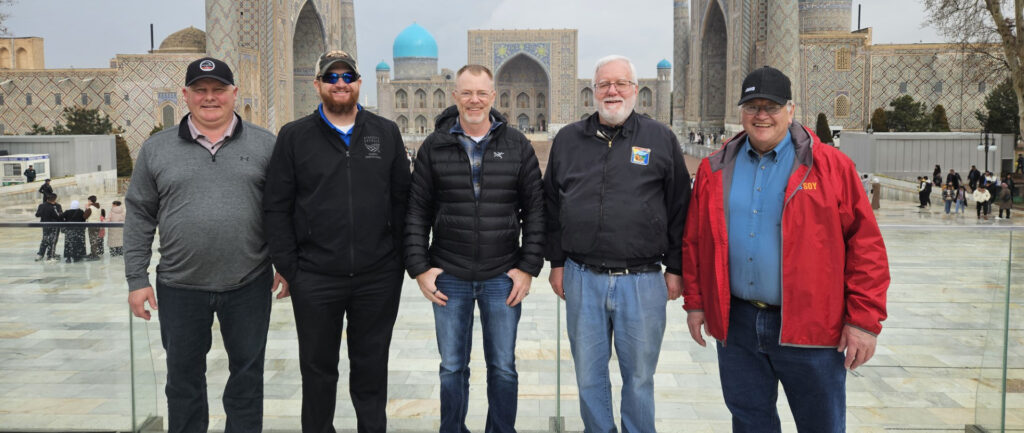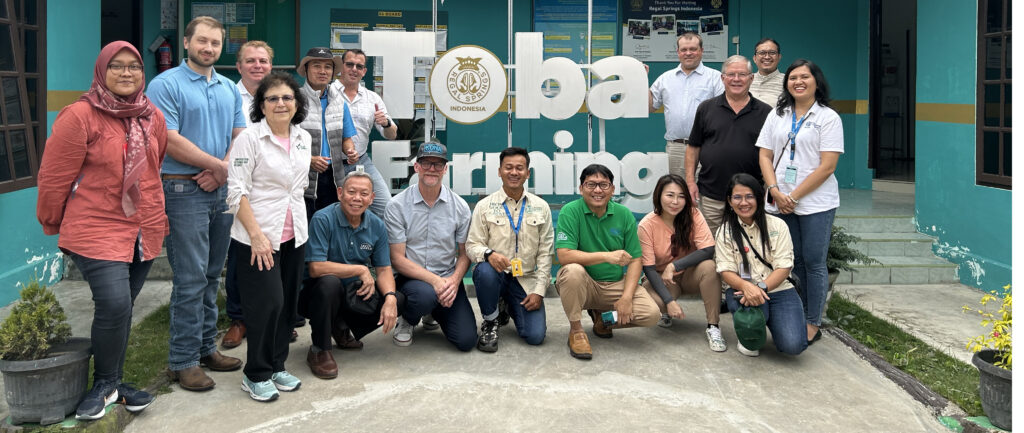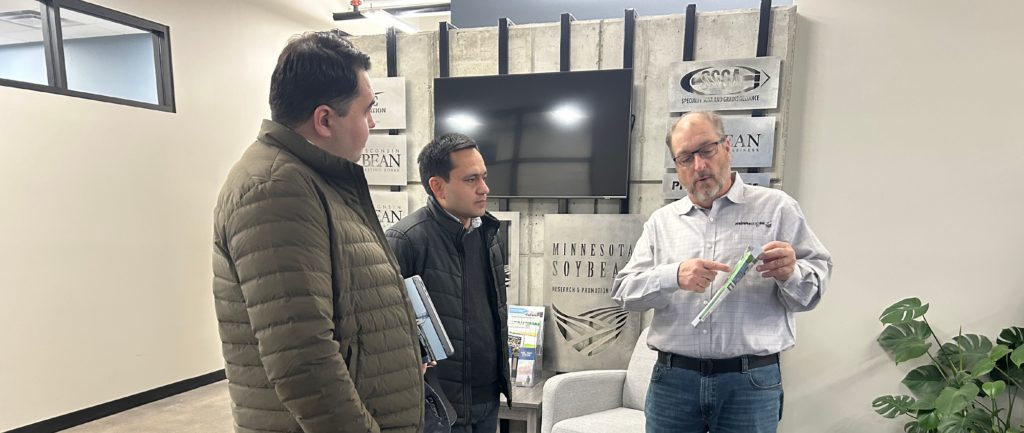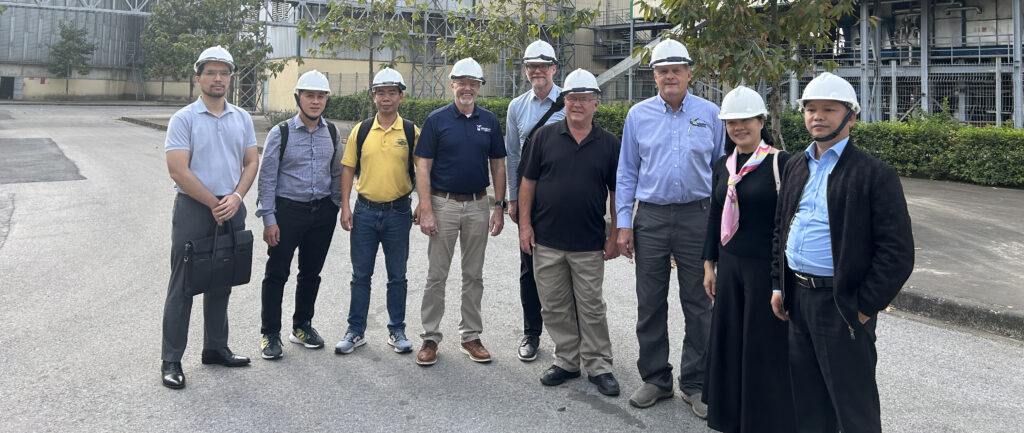It may be a new year, but for the Minnesota Soybean Research & Promotion Council (MSR&PC) working to increase Minnesota soybean exports is still “in,” as it has been since its inception.
MSR&PC Director Gene Stoel joined the Minnesota Department of Agriculture (MDA) and other Minnesota commodity groups on a trade mission to Morocco Jan. 20-27. While there, the delegation stressed the superiority of U.S. soy, promoted the advantages of utilizing the Port of Duluth-Superior and strengthened relationships with the North African country.
“It’s all about building relationships,” Stoel said. “Everyone we talked to in Morocco wants to know where their product is coming from and wants to talk to the person that actually produces it.”
As the ninth largest U.S. SBM export market, Morocco imported $182 million of SBM in 2023. In light of recent efforts to expand the use of the Port of Duluth and St. Lawrence Seaway, the Council has its eye on Morocco as a promising candidate for increased trade.
“Morocco has a lot of ports that are the same size as Duluth,” said Joe Smentek, executive director of the Minnesota Soybean Growers Association, who attended the trade mission on behalf of the Council. “They also want a lot of mixed loads. There are a number of products that they want that Minnesota can offer, whether that’s DDGs, soymeal, beet pellets or corn. They aren’t a crush market so they don’t want whole soybeans; they’re usually looking for mixed loads and Hansen-Mueller in Duluth can supply that.”
Increased imports would be a two-way street. Because Morocco holds 77% of the world’s total phosphate reserves and is the world’s largest phosphate exporter, there is potential for increasing the phosphate imports entering the U.S. through the Port of Duluth.
“There was a representative from the Port of Duluth with us and she is trying to ship soybean meal out of Duluth and bring phosphate fertilizer back into the port, which would be a huge boom to Minnesota farmers,” Stoel said.
The European Union could throw another variable into the mix.
“What we see going on in the European Union countries, like France, which are exporters to Morocco of commodities such as wheat, is that their environmental policies could change their exports,” Smentek said. “So not only could France become an importer but somebody’s going to have to step up and fill the markets that they’re exporting to now. Duluth puts Minnesota in a great place to do that.”
The relationship between Minnesota and Morocco isn’t a new one.
“Morocco has a longstanding history with the University of Minnesota; a lot of their animal nutrition experts actually attended the University of Minnesota,” Smentek said. “They understand the value of buying from the U.S. versus other places – they understand the quality of U.S. soy. So, they’re interested in looking at ways they can increase the importation of U.S. soy into their country because there is a preference there for it.”
Minnesota soybean farmers are fortunate to have strong organizations supporting their industry. With MSR&PC wisely directing soybean checkoff investments and MDA working to strengthen the agriculture economy, trade missions like this one paint a promising future for growers across the state.
“It was a very good trip,” Stoel said. “MDA is just so interested in making sure they’re promoting Minnesota products. They do an excellent job. We wouldn’t be where we’re out without that group.”







